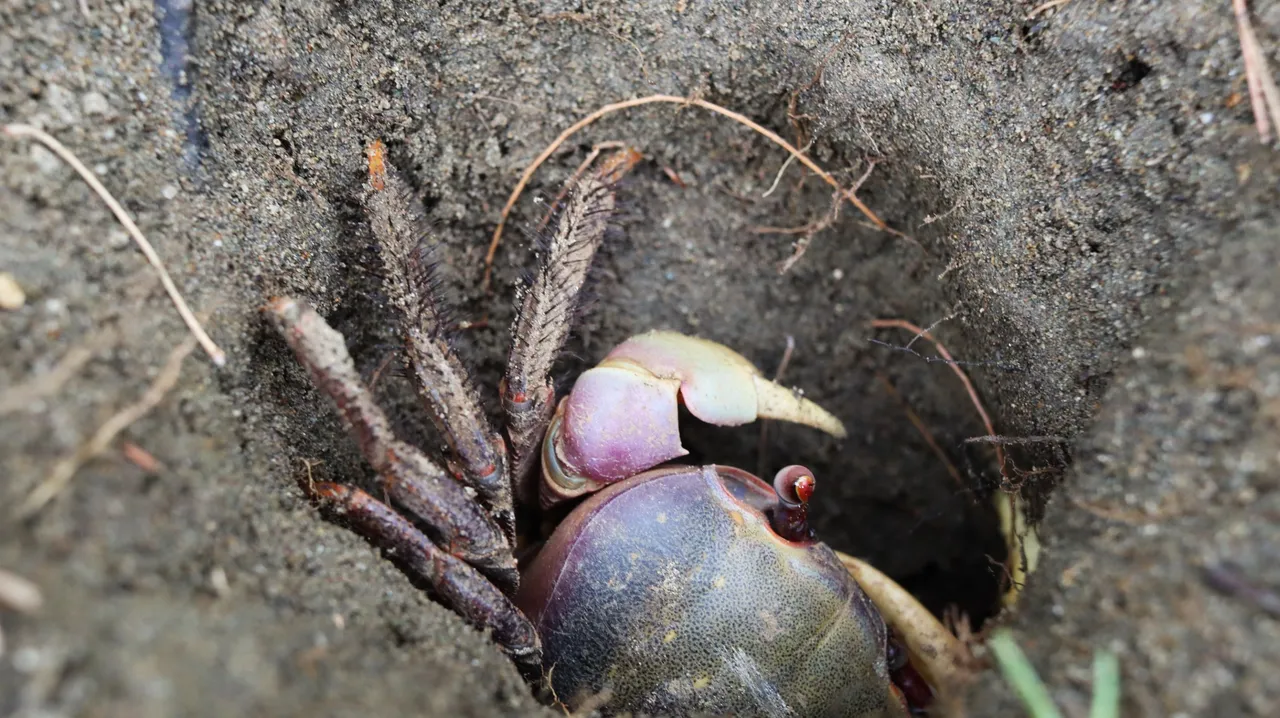
As I approached, and I was only a few meters away from where they were wandering, they were seen running and disappearing into their holes. The ground surface is quiet for a moment from any busyness. I just kept going to look at the holes, and as it turned out, they didn't go deep into the holes. They were near the openings, as if hiding themselves for a while. Maybe just to wait for me to pass and leave them, then they come back out of the holes. I kept reviewing one hole after another, which turned out to be quite a lot. It was obvious that they were excellent hole-diggers. The underground tunnels were effective for hiding, and sometimes they piled dirt near the hole so that it sometimes looked like the mouth of a tiny cave.

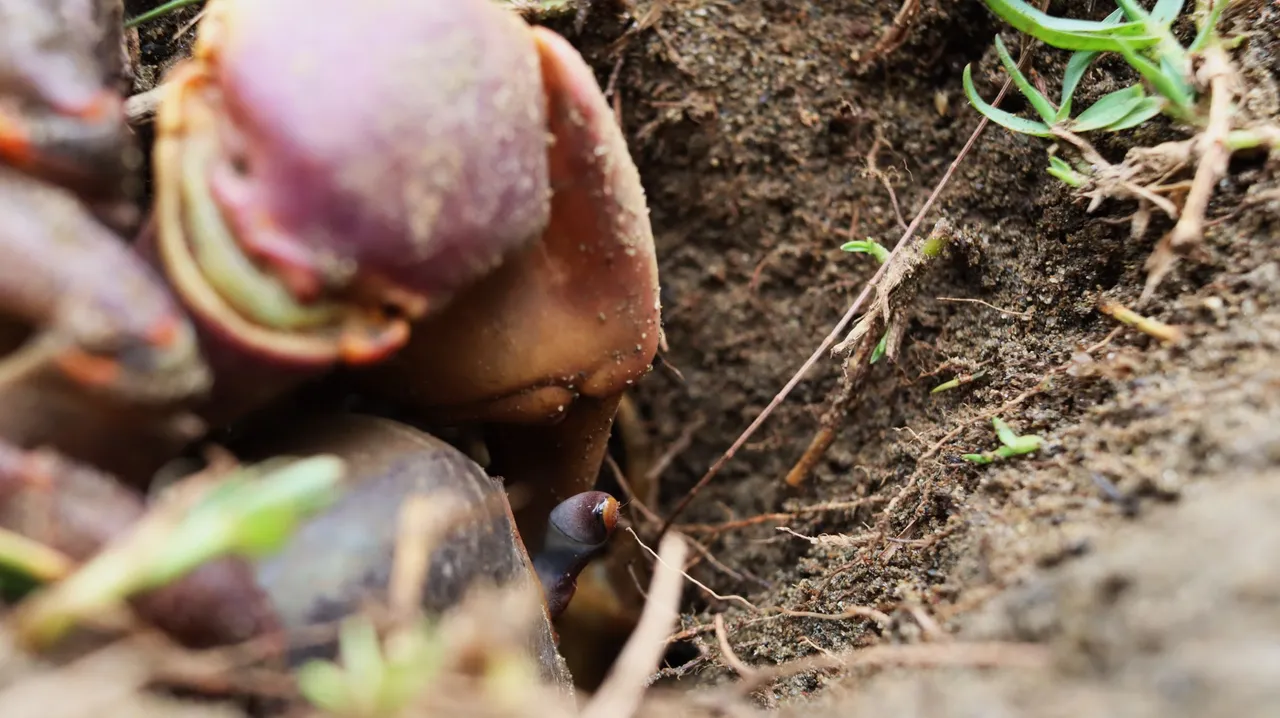


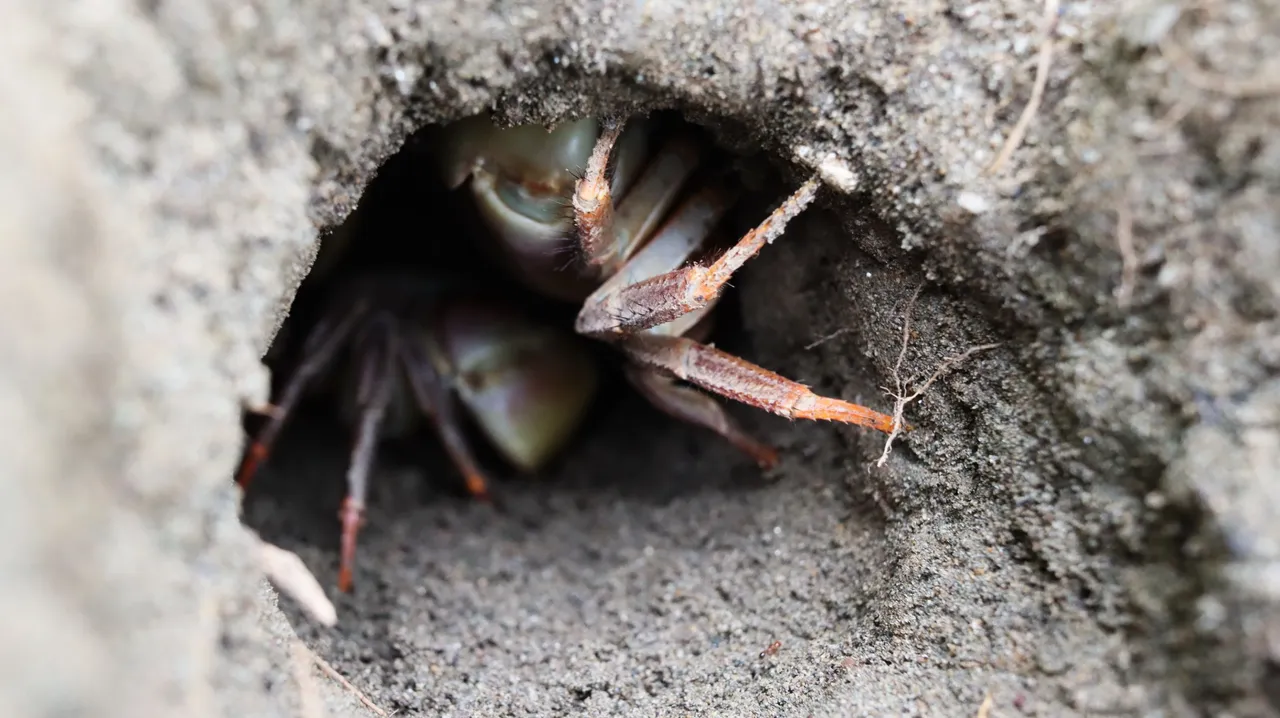
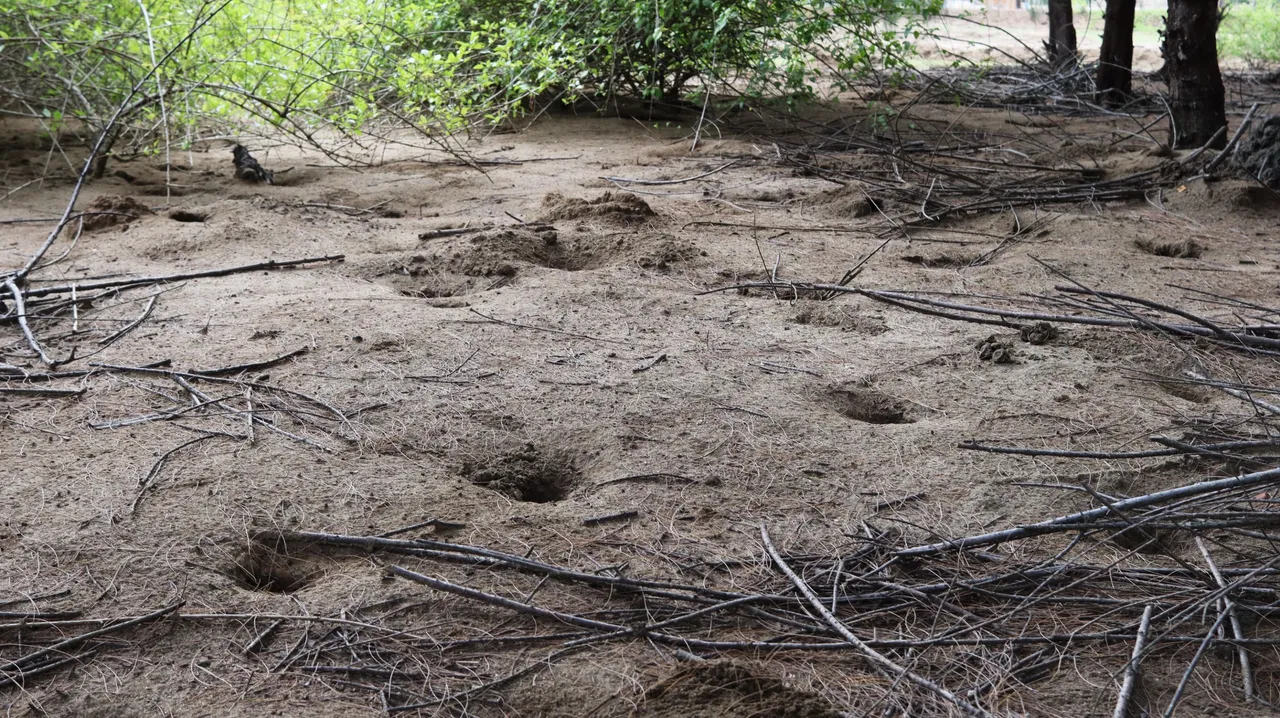
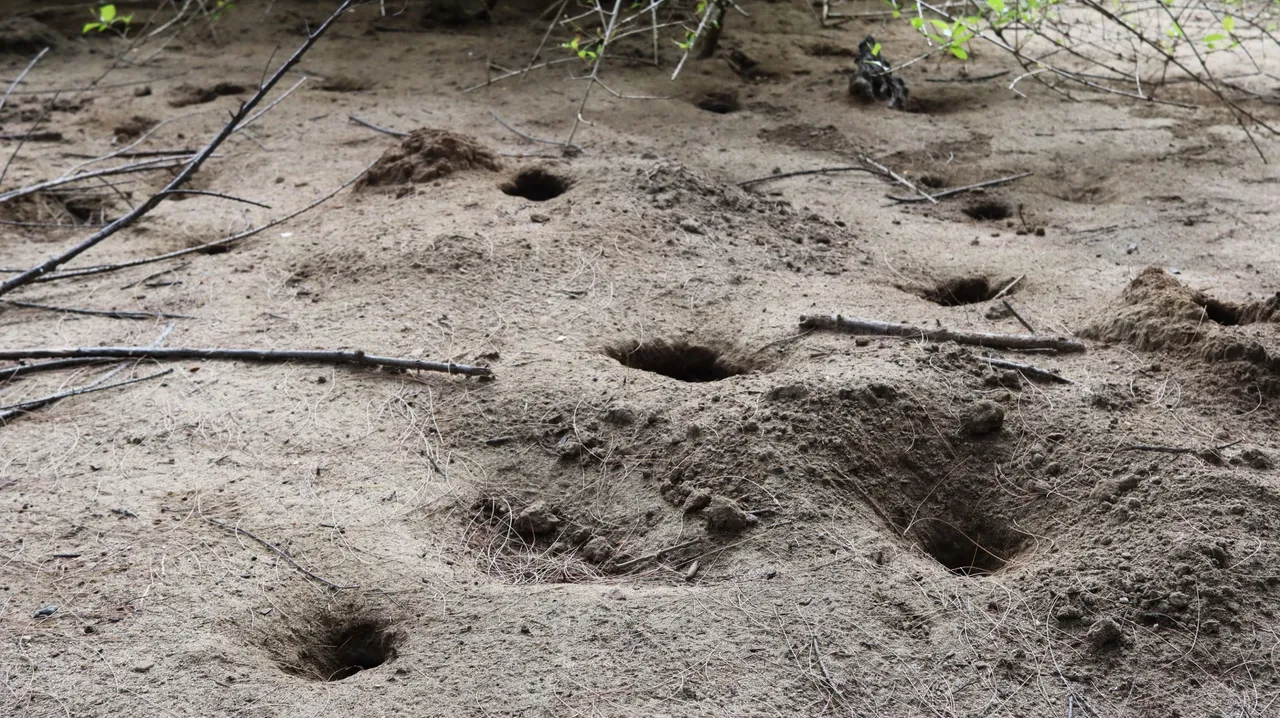
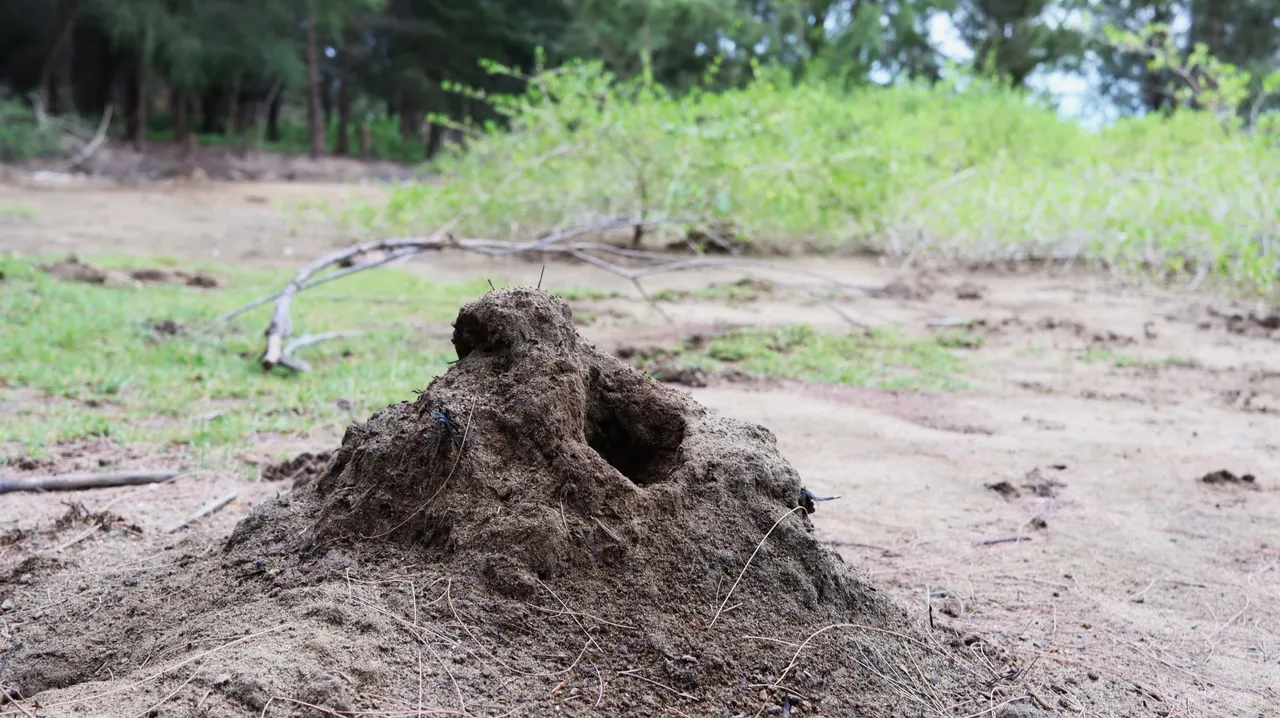
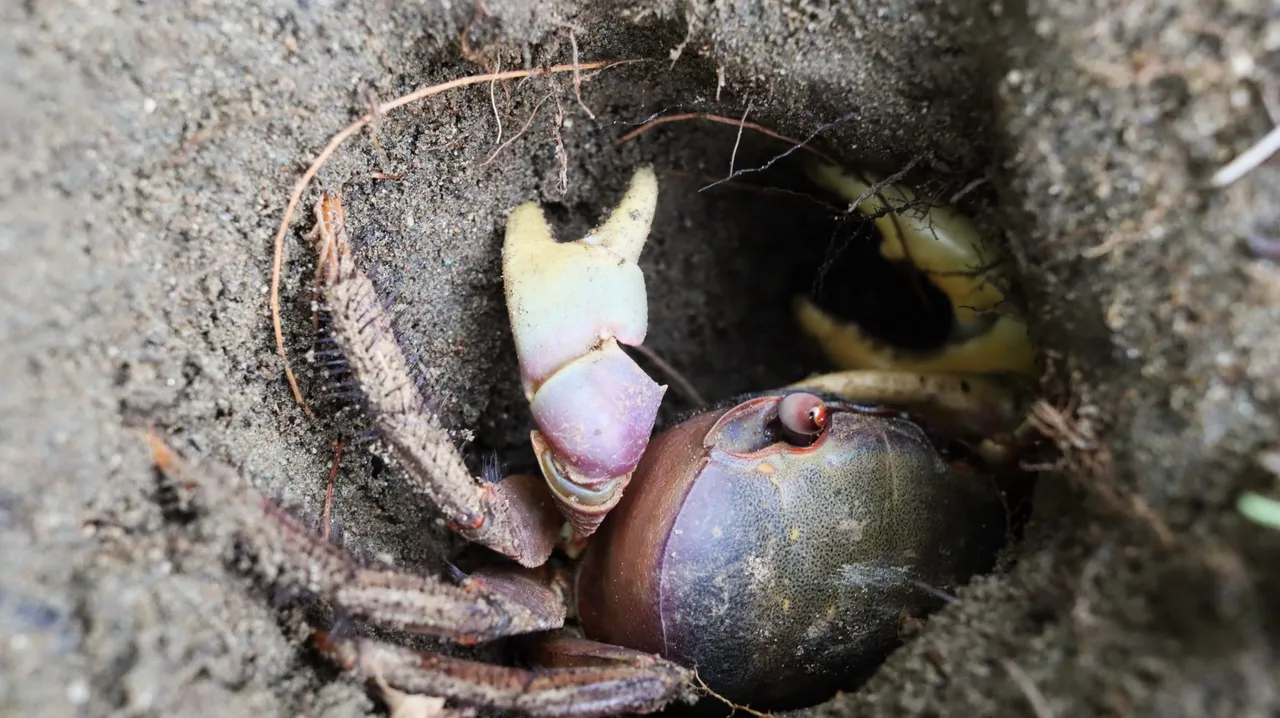
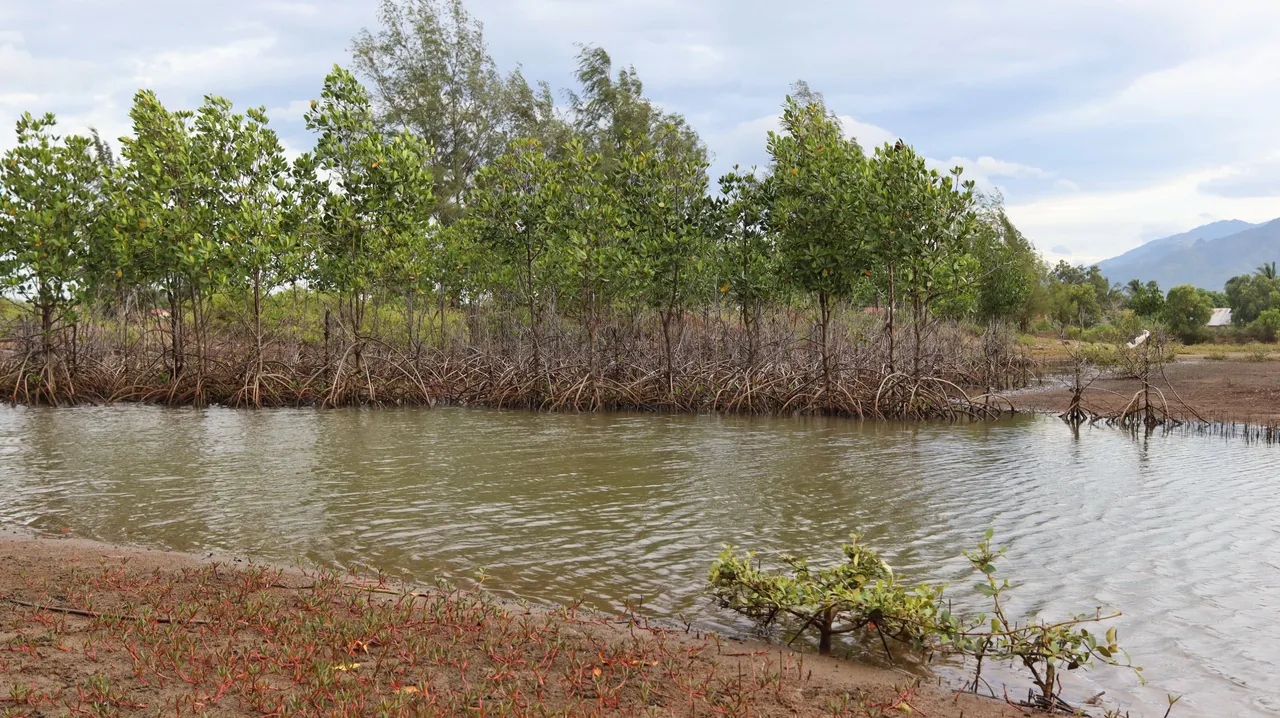
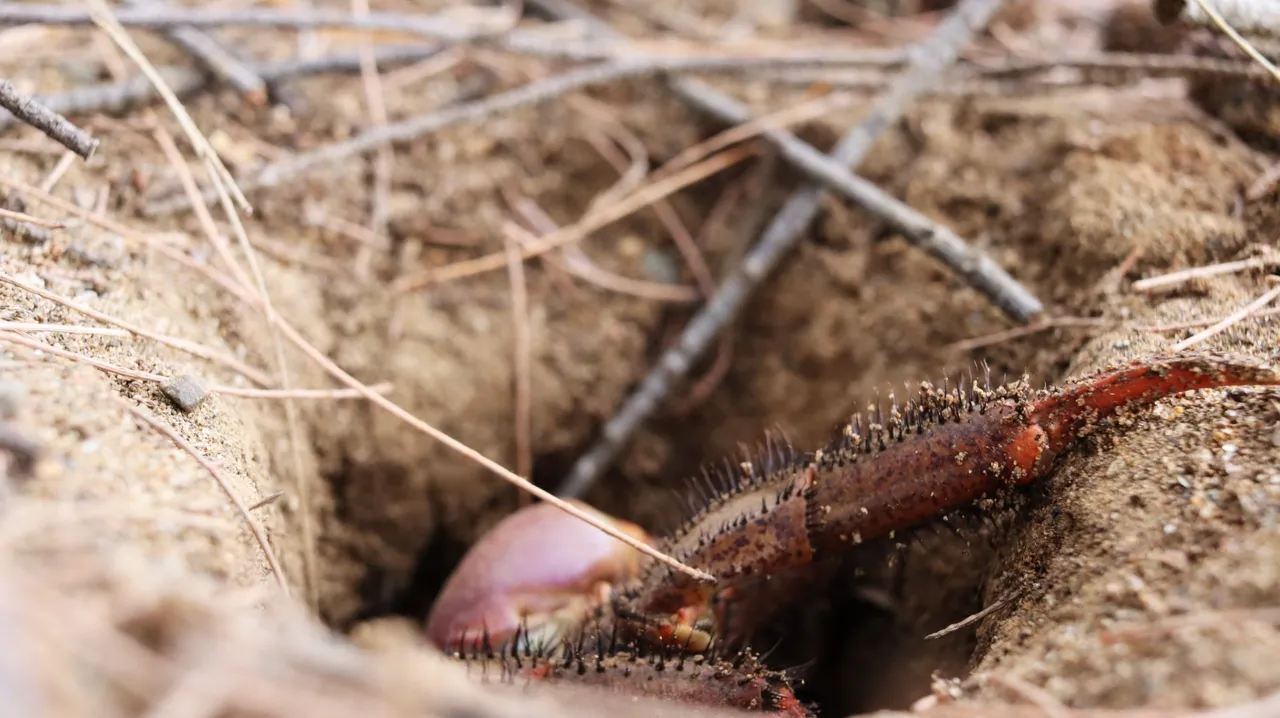
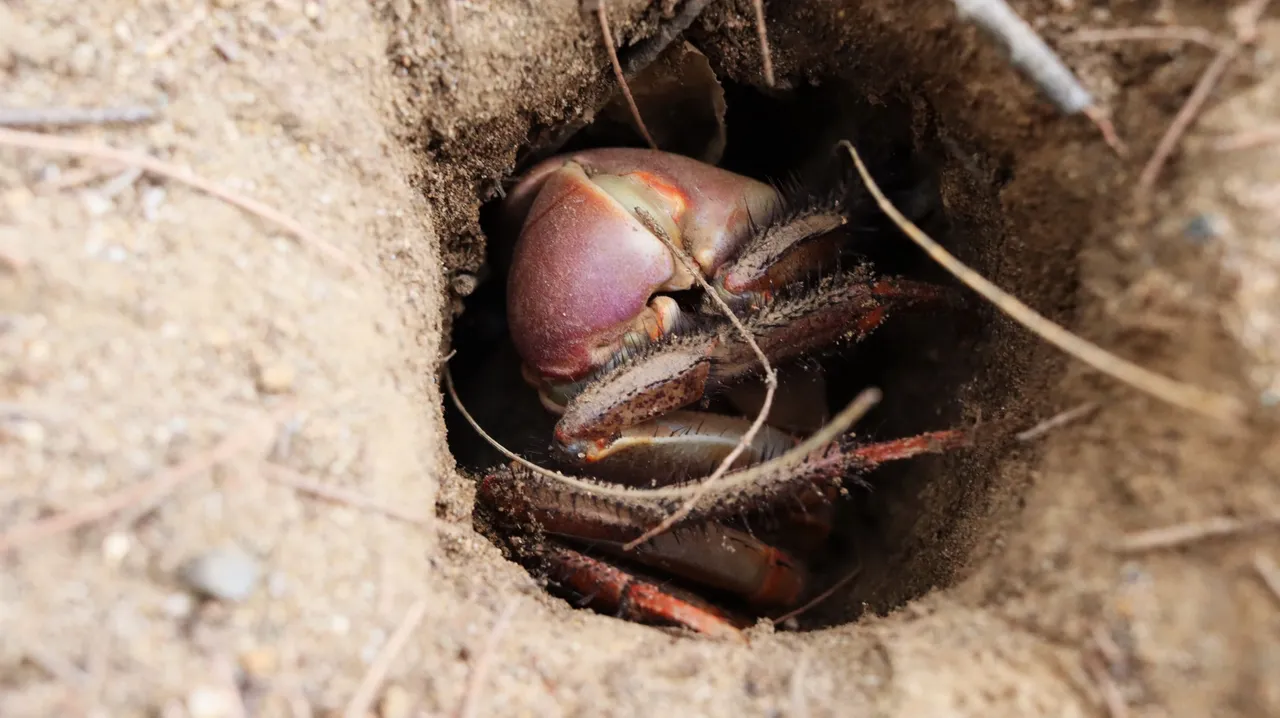
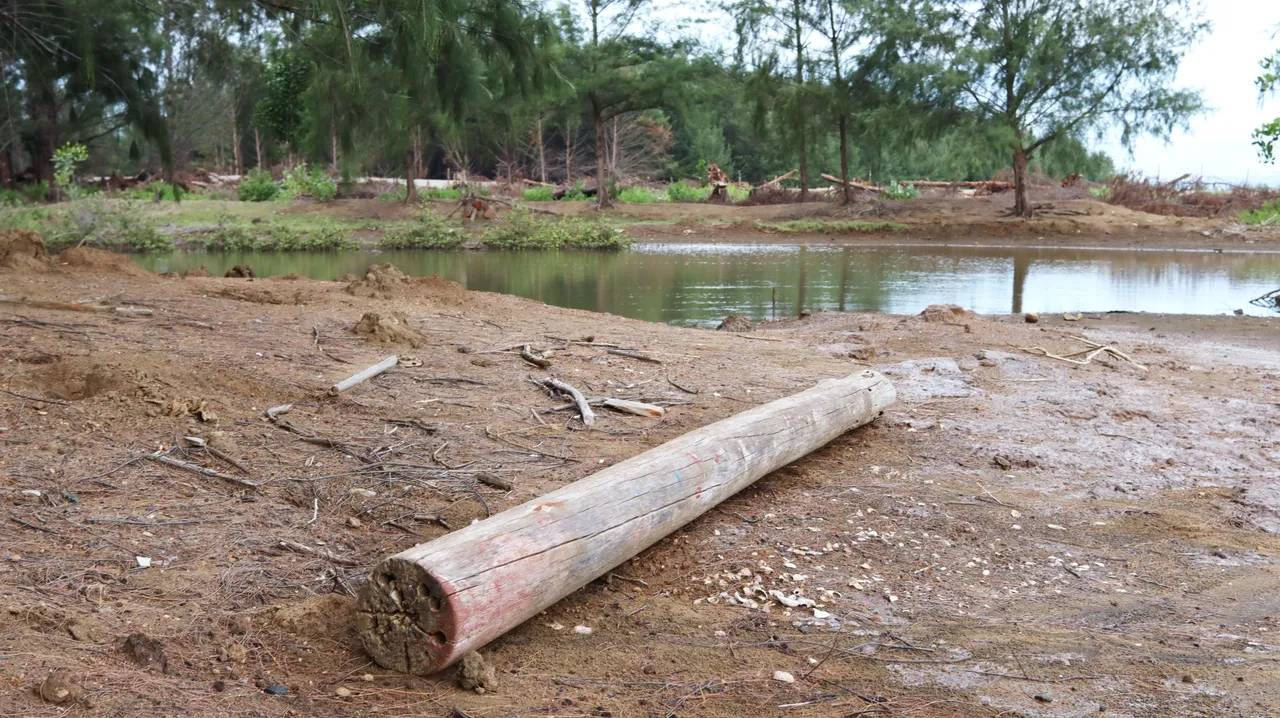
What are they really?
The local people here call them "Keroengkoeng". They are commonly known as land crabs or Terrestrial crabs. They are in the family Gecarcinidae, a family that is commonly called land crabs. Interesting fact that I read about land crabs, they often evolved from freshwater crabs. Physiological changes to life in fresh water are pre-adaptations for terrestrial life. From there, they then adapted to terrestrial life. In addition, although living on land, they go to the sea to lay eggs and breed. They are tropical omnivores. (Sources: Terrestrial crab; Gecarcinidae)
After some time continuing to find them at the mouth of the hole, and not coming out, I began to have ambitions to be able to see and photograph them outside the hole. I took small twigs and tried to stick them to their big claws in the hope that they would be attracted to grab them tightly, and then I would pull them out of the hole.
But it was a plan that completely failed, and was in vain. They had absolutely no interest in catching the twig. If I push a little, they immediately push their bodies deeper into the hole.
Just as I was desperate to get a picture of them outside the hole, I suddenly saw one of them from a few meters away. This time, I thought, was my last try. I tried to walk very slowly and carefully so as not to trigger a panic on that one.
Having gotten closer, I thought, this time I would succeed. I looked around, and there weren't any holes nearby. It was a little surprising at the time. But the surprise was finally answered. It turned out not to be alone. The two of them were there, and apparently, wanted to do something private (this is just my guess).
They didn't look that panicked, one was just trying to dodge, but the other was showing a slightly aggressive attitude. It raised its claws high. I'm starting to get attracted to that unique attitude. I tried to get closer, and it didn't run away, but retreated backwards while continuing to hold its claws high. It was like finding a suitable place for a duel. That made me even more interested!
I continued to step forward, and it kept retreating by lifting its claws, until then it was cornered into the base of a tree. I kept getting closer, and it never ran away, but continued to challenge even though it was cornered. You can see these scenes in these pictures.
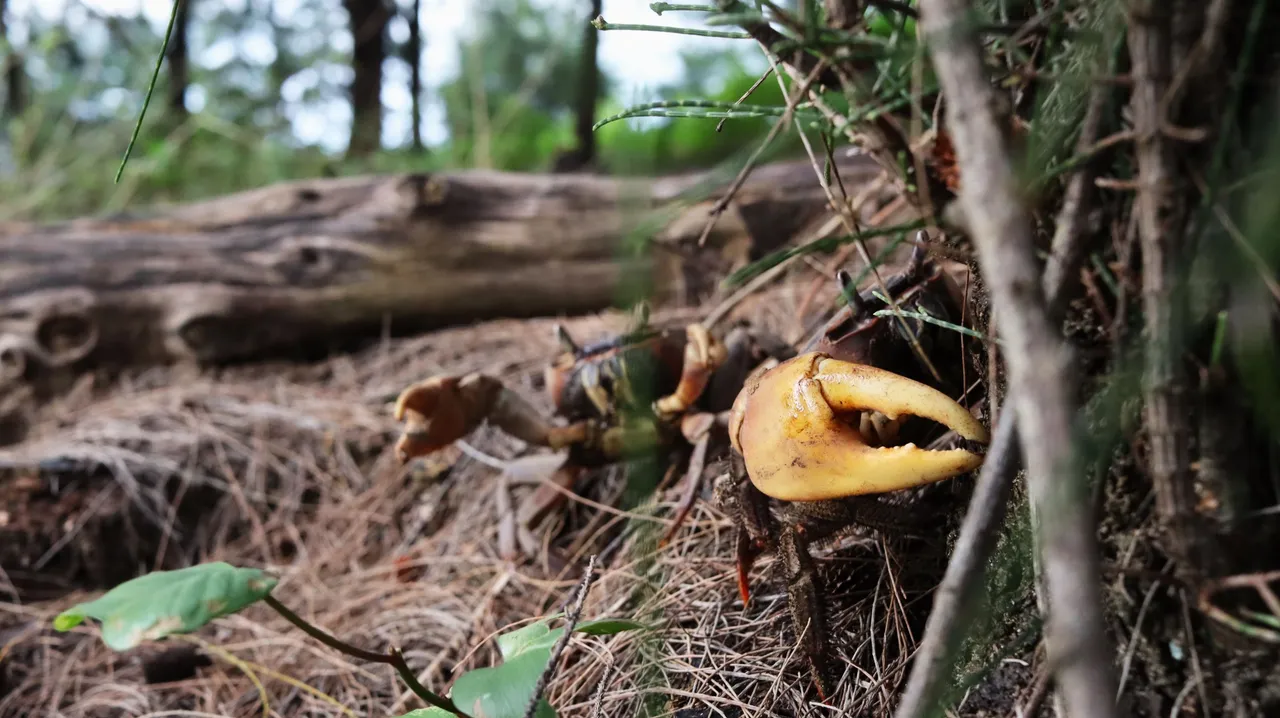
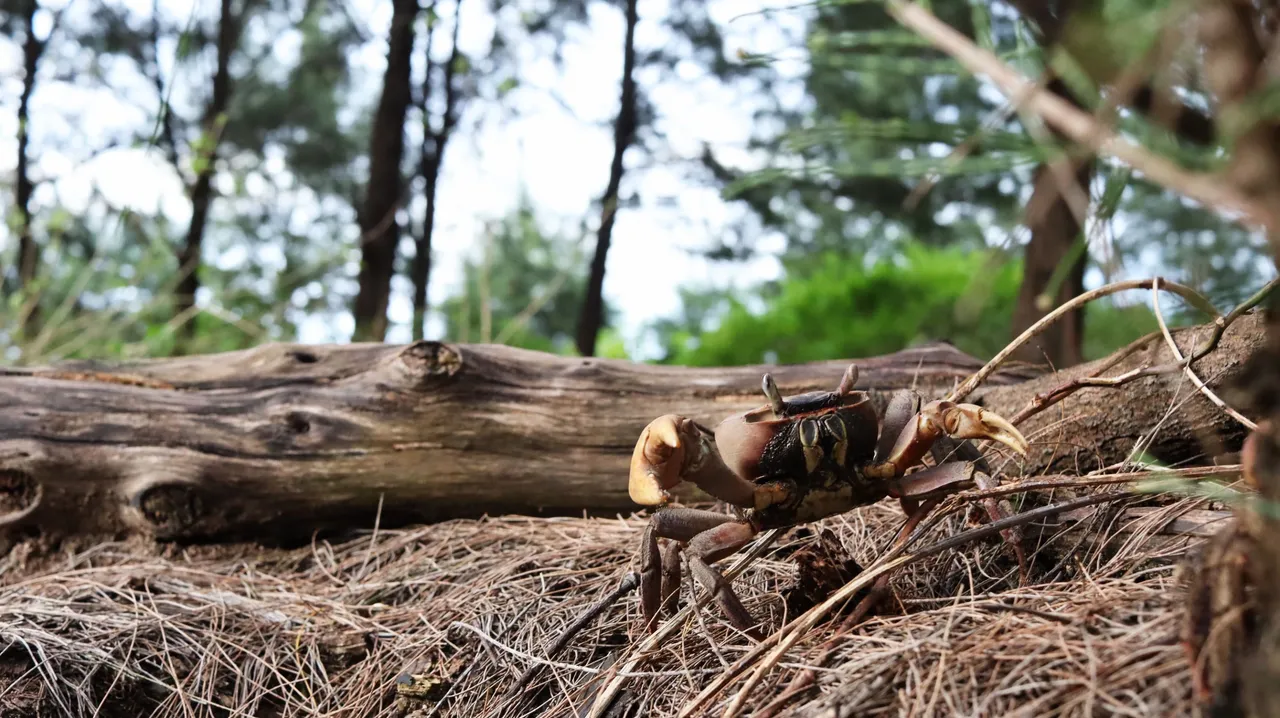
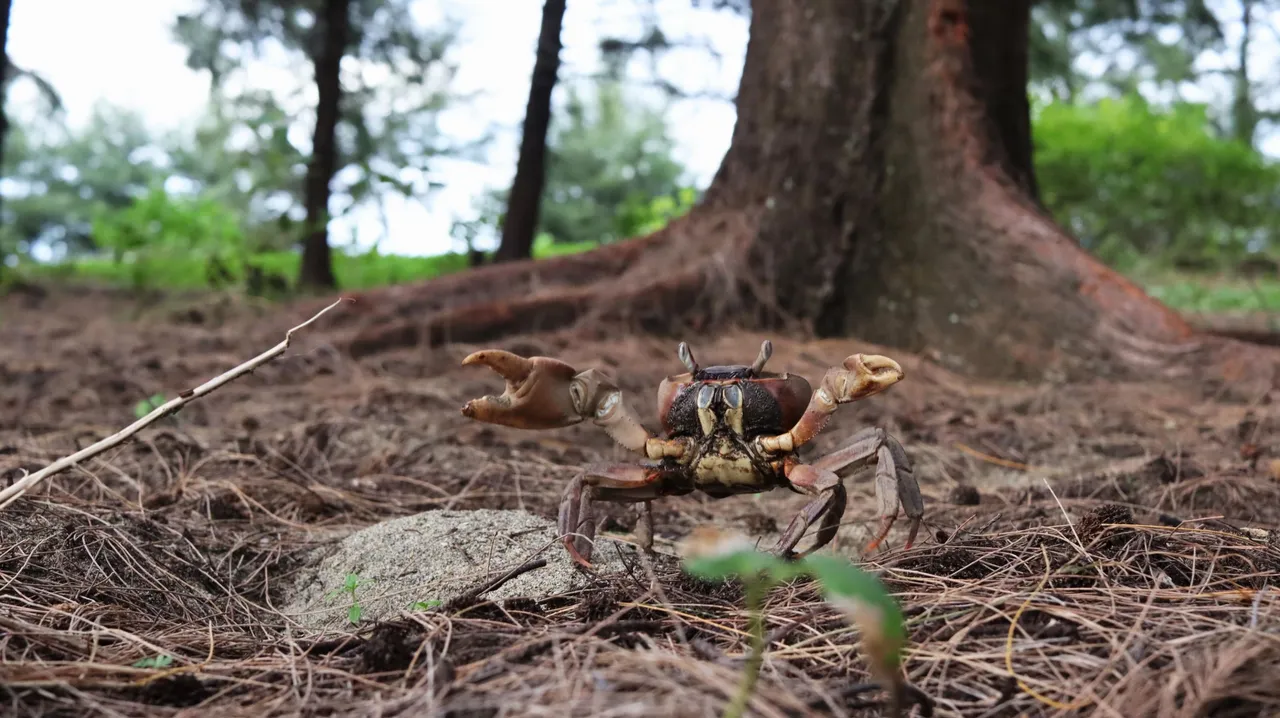

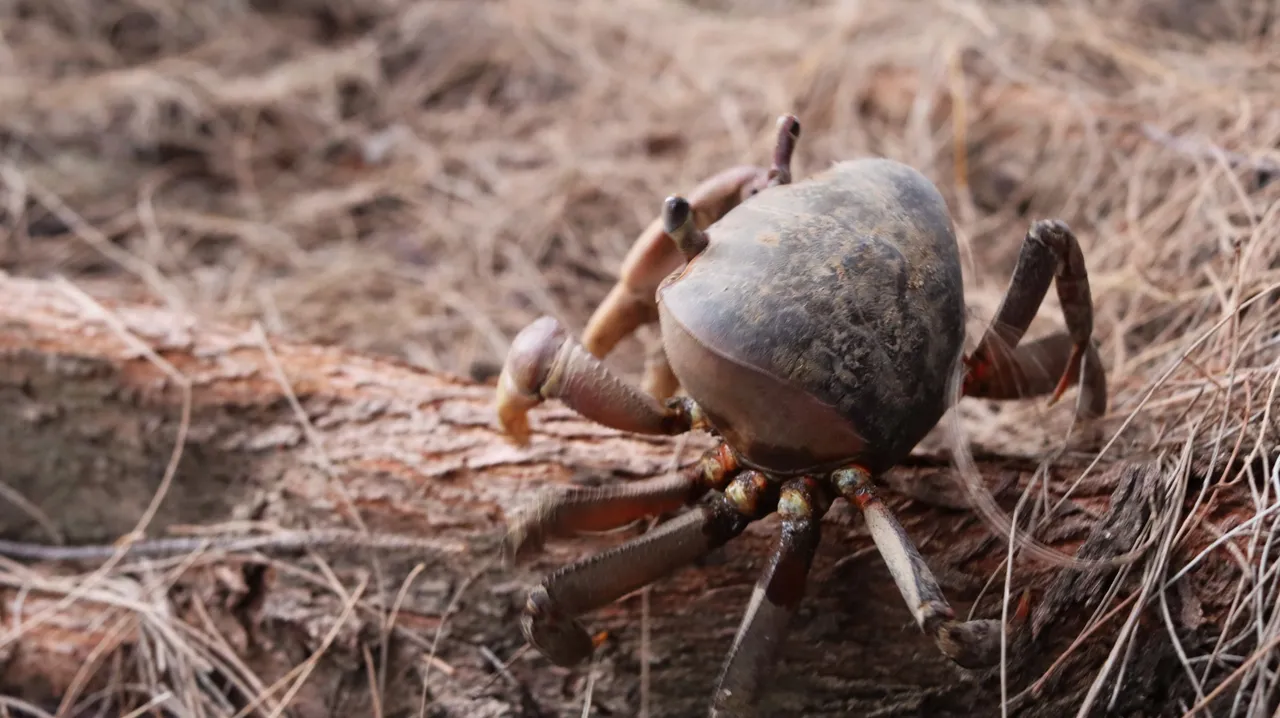

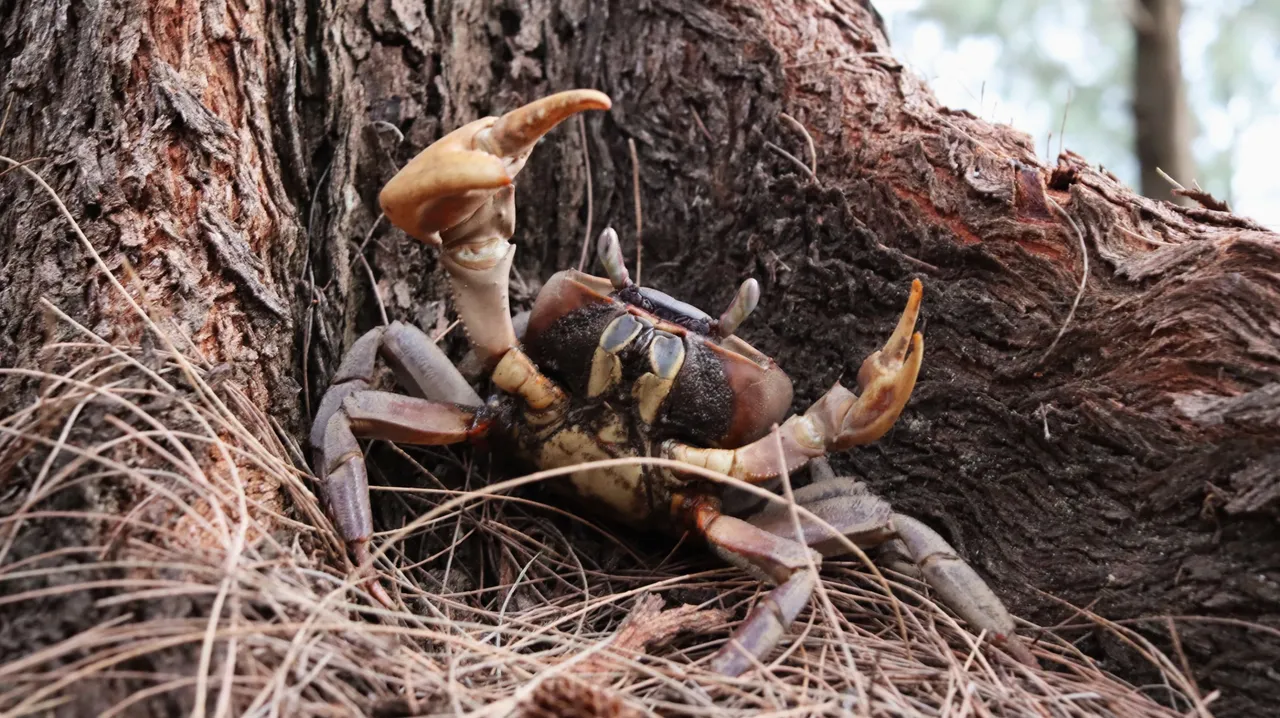
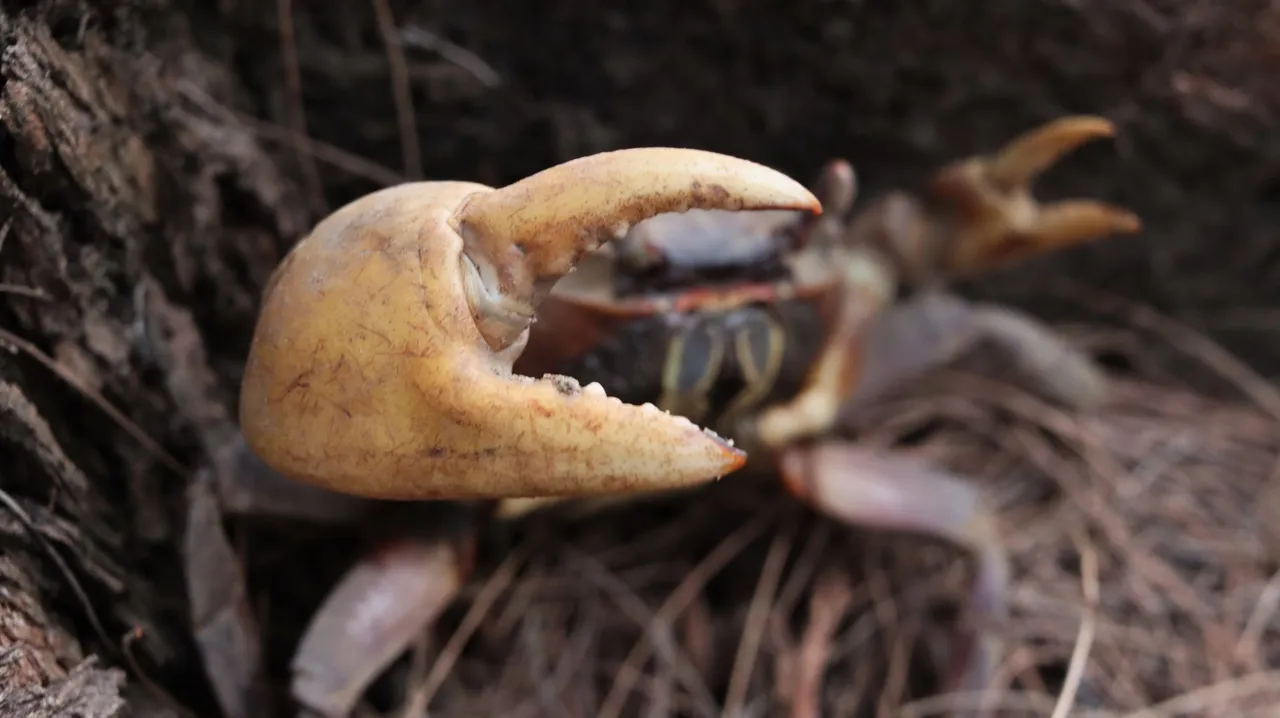
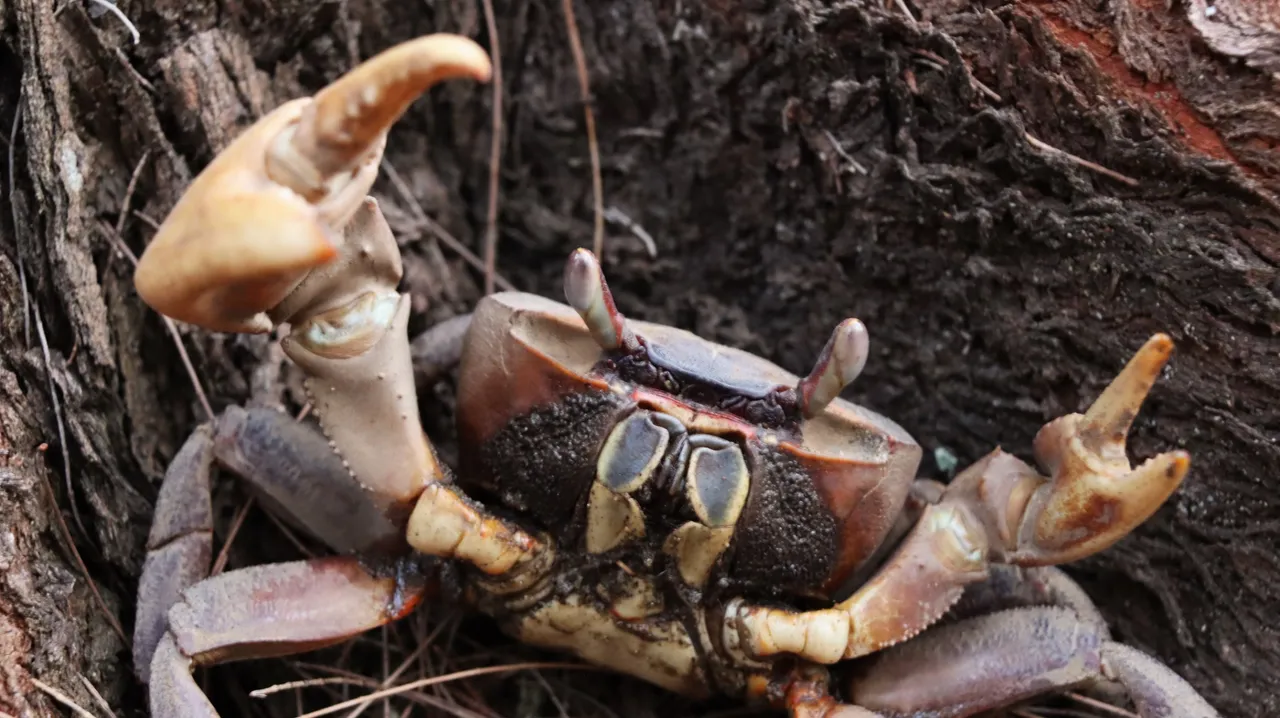
After all that, frankly, I'm not ashamed to say that I thanked him (a little crazy indeed!). But it makes sense, because it has provided a very valuable new experience for me, and it has proven to me that it is an amazing species.
